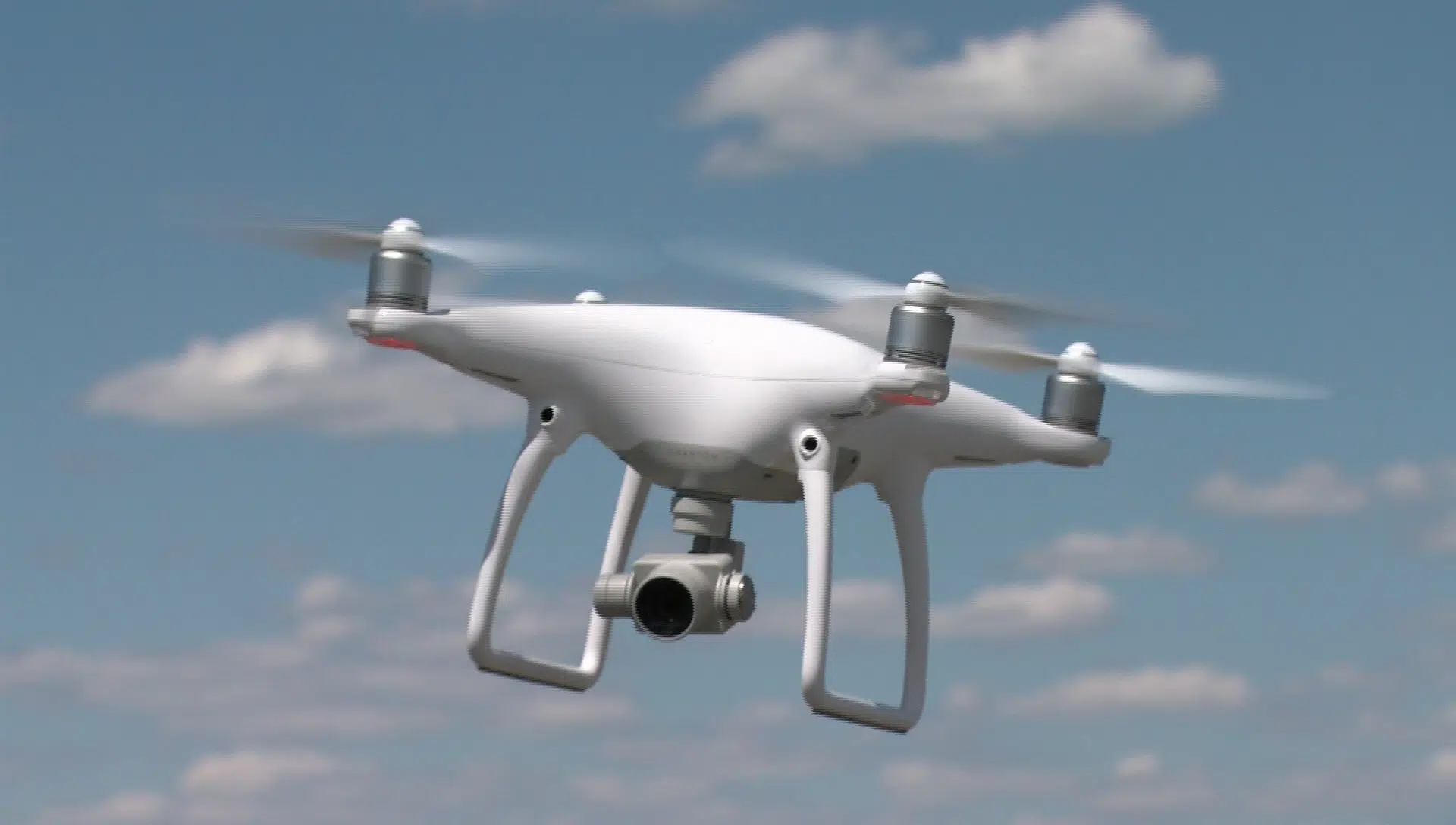
Tightening of federal drone laws necessary say locals
MEDICINE HAT, AB – It’s a tech trend that is growing in popularity year after year.
Drone technology has exploded since 2013, as these personal flying machines have becoming more accessible to the general public to take photos and video.
However, a number of close calls with Canadian aircraft prompted changes from the federal government back in March.
